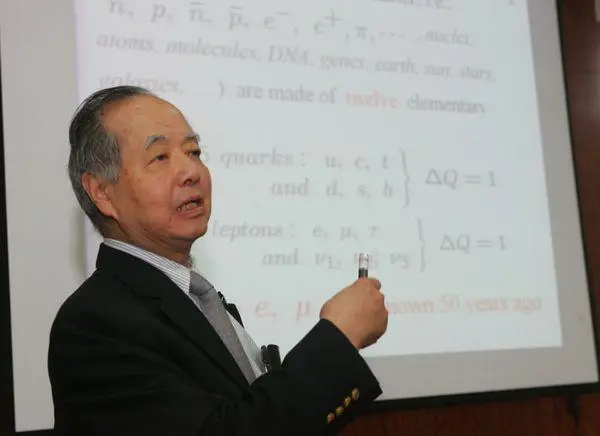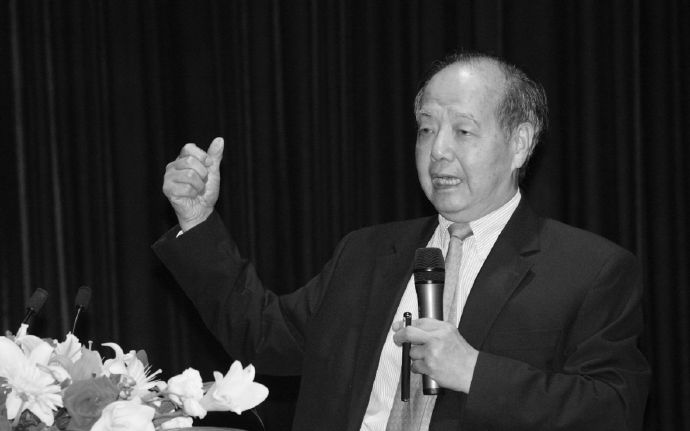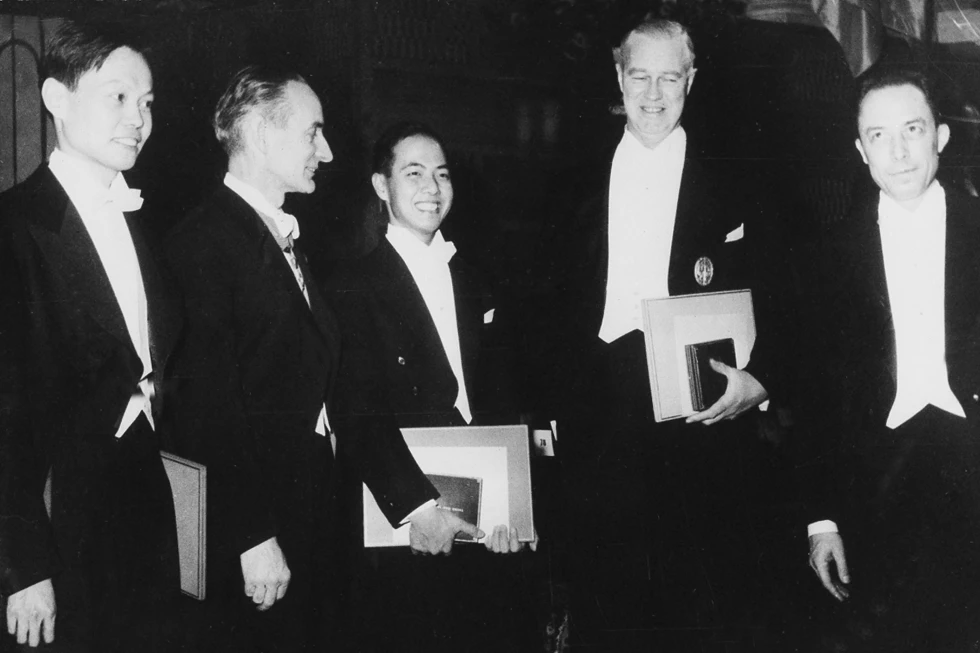Tsung-Dao Lee, a Chinese-American physicist, passed away on Sunday at the age of 97 at his home in San Francisco. He was known for his groundbreaking work in particle physics and was awarded the Nobel Prize in 1957, making him the second-youngest recipient of the prestigious award.
Lee, who was a naturalized U.S. citizen and a professor emeritus at Columbia University, was hailed as one of the great masters in the field of theoretical physics.
His work was praised for its freshness, versatility, and style by renowned physicist Robert Oppenheimer.
Born in Shanghai in 1926, Lee was the third of six children.
He received his education in China before moving to the United States. He was known for his brilliant contributions to the field of physics and will be remembered for his significant impact on the scientific community.
Lee was born on November 24, 1926 in Shanghai, the third child out of six in his family. His father, Tsing-Kong Lee, was a merchant and his mother, Ming-Chang Chang, was a devout Catholic.
He attended high school in Shanghai and then went on to study at National Chekiang University in Guizhou province and National Southwest Associated University in Kunming, Yunnan province.

In 1946, Lee received a scholarship from the Chinese government to study in the United States. He attended the University of Chicago where he studied under Nobel laureate in physics, Enrico Fermi.
In the early 1950s, he conducted research at the Yerkes Observatory in Wisconsin, the University of California at Berkeley, and the Institute for Advanced Study in Princeton, New Jersey.
Lee’s research spanned various areas including elementary particles, statistical mechanics, astrophysics, and field theory.
In 1953, he joined Columbia University as an assistant professor and quickly rose to become the youngest-ever full professor at the age of 29. He is known for developing the “Lee model,” a model used to study different quantum phenomena.
After completing his sophomore year, he was awarded a scholarship from the Chinese government to pursue his graduate studies in the United States.
From 1946 to 1950, he studied at the University of Chicago under the guidance of Enrico Fermi, a Nobel Prize-winning physicist.
During the early 1950s, Lee conducted research at various institutions such as the Yerkes Observatory in Wisconsin, the University of California at Berkeley, and the Institute for Advanced Study in Princeton, N.J.
His work in areas such as elementary particles, statistical mechanics, astrophysics, and field theory gained recognition.

In 1953, he joined Columbia University as an assistant professor and quickly rose to become a full professor at the age of 29, making him the youngest to hold this position at the institution.
He developed the “Lee model,” a significant model for studying quantum phenomena.In 1957, Lee and Chen-Ning Yang were jointly awarded the Nobel Prize in Physics for their groundbreaking research on the symmetry of subatomic particles and their interactions with the fundamental forces that bind atoms together.
At 31, Lee became the second-youngest recipient of the prestigious award.Throughout his career, Lee received numerous honors and awards, including the Albert Einstein Award in Science, the Galileo Galilei Medal, and the G. Bude Medal. He also received honorary doctorates and titles from organizations worldwide.
As China began to open up to international collaborations in the 1970s, Lee made several visits to his home country to deliver lectures and promote the advancement of science, as reported by state media.
Lee’s academic and professional achievements are truly remarkable. His contributions to the field of physics, particularly in the study of elementary particles and quantum phenomena, have had a significant impact on the scientific community.
Winning the Nobel Prize at such a young age is a testament to his exceptional talent and dedication to his work.
Additionally, his efforts to promote scientific development in China demonstrate his commitment to advancing knowledge and education on a global scale. Lee’s numerous accolades and honors further highlight his exceptional contributions to the field of physics.
